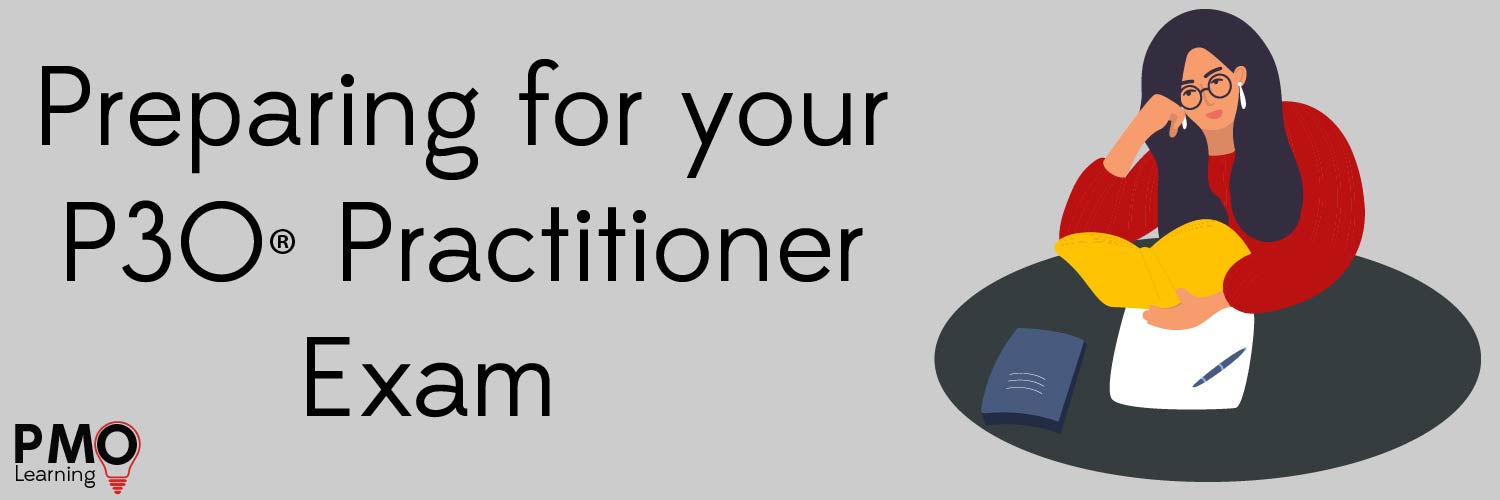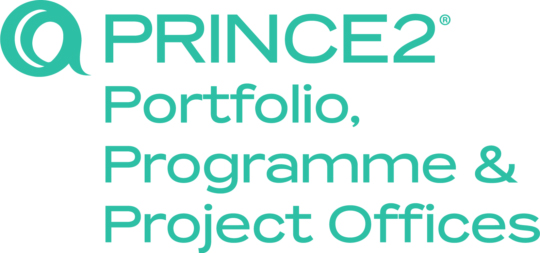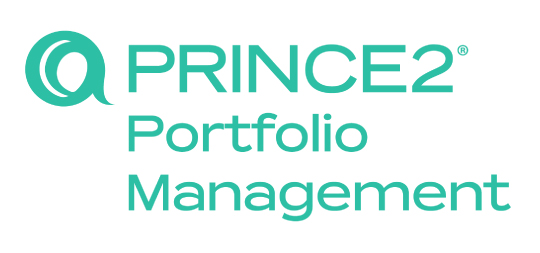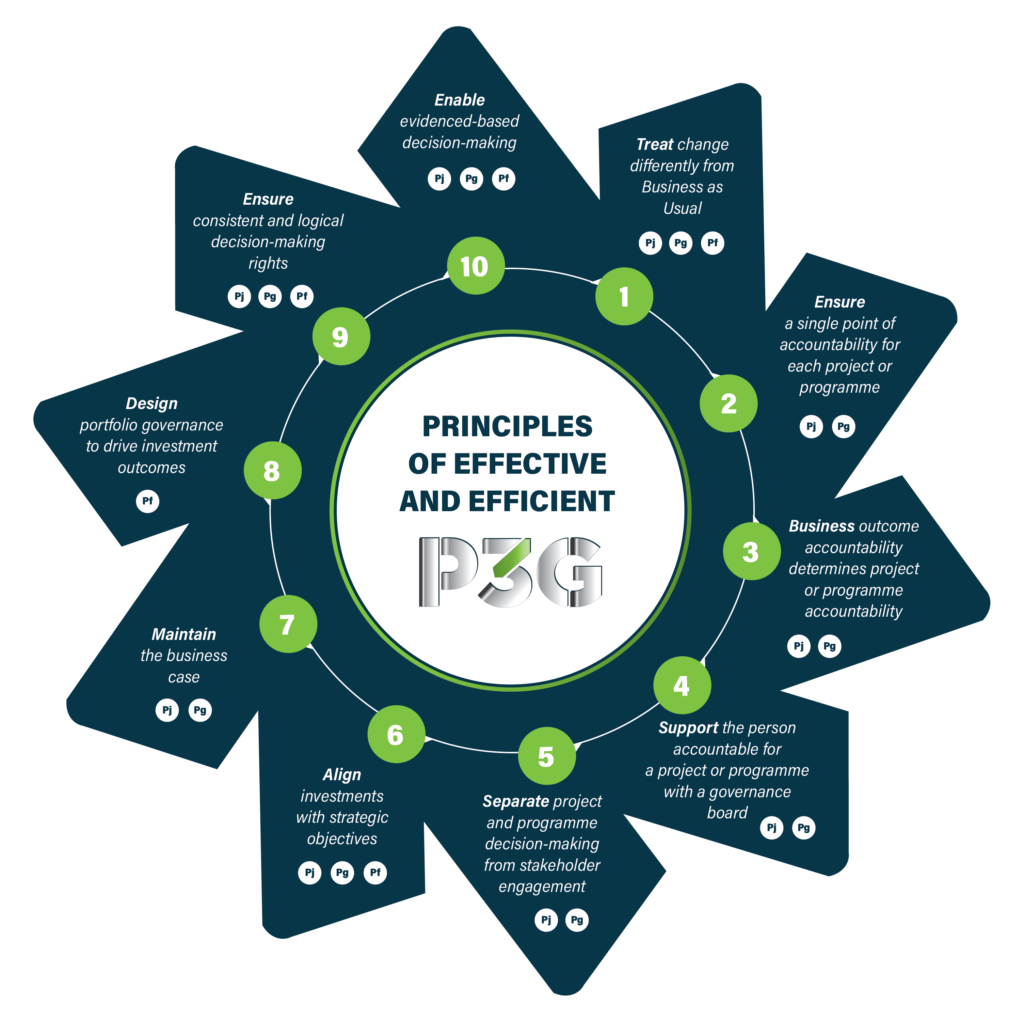For those of you who have sat any AXELOS practitioner exam, you will recognise the format of the P3O® Practitioner exam.
However, for those of you who have only done the AXELOS P3O® Foundation exam, you will find the Practitioner exam quite different. Don’t worry, we’ll take you through all the different questions types and give you plenty of practice throughout the eLearning so you will feel comfortable when you do the real thing.
The P3O® Practitioner exam is an 2 ½ hour open book exam. That means you can take your P3O text book/manual into the exam with you. The P3O® Manual can be annotated and have added tabs, but must have no post it notes or loose papers inserted into it.
There are a couple of things to note –
Firstly, just because it is an open book exam, you can’t expect to treat it as a comprehension exam where you read the question and then go hunting for the answers in the text.
Apart from the fact that you will quickly run out of time, the Practitioner exam is about applying the theory. The text will only give you the theory, you’ll still have to work out how to apply it to the exam scenario to work out the actual answer to the question.
There are situations where it is helpful referring back to the P3O® Manual, such as when you might need some specific detail from a table to help you with the question. This leads me to my second point – don’t go mad on tabs! If you have hundreds of tabs (and I’ve seen many delegates with more tabs than WHSmiths), you’ll struggle to find what you’re looking for when you need it.
Careful ‘tabbing’ of your manual is an important part of exam preparation. Think about what tables you might need to refer to. As you work through the practice exam questions, make a note of when you’ve found it useful to refer to the manual and tab those pages. A few I’d suggest are:
- P21 – the principles for extracting value from programme and project investment
- P62 – P3O® sizing numbers
- P102 – questions for developing a PPM solution
- P125 – Appendix A – Roles
- P165 – Appendix E – P3M3 level indicators
- P181 – Appendix F – P3O® Functions and Services
Let’s talk about the structure of the exam before we get onto the individual questions.
The paper comes in two parts – the scenario and the questions. If you’re doing it online, you will have two windows open so you can read the question and refer back to the scenario without losing your place on the question paper.
Each paper has 4 questions – each worth 20 points.
You have two and half hours to complete the exam. Good time management in the exam will give you the best chance of passing the exam.
My recommendation is that you spend 15 minutes reading the scenario, allow 30 minutes for each question and use the remaining 15 minutes to complete any unfinished questions or revisit questions which you weren’t sure of.
It is a false economy not to take the full 15 minute to read the scenario. Take the 15 minutes to make sure you get a good understanding of the scenario, not just a high-level overview from skim reading. If you just skim read it, you’ll potentially jump to the wrong conclusion when you see an exam question, or use valuable exam time having to keep referring back to the scenario for every question.
The four questions will be selected from the five syllabus areas:
- Why have a P3O® (Business Case)
- Models and Tailoring
- P3O® Roles
- How to Implement or Re-energise a P3O®
- How to Operate a P3O® (Tools and Techniques)
The questions will test how you apply the theory to the scenario given and for some questions, some additional information is provided.
Each question is worth 20 points and you need achieve 50%, a total of 40 points, to pass the exam. The points can come from any question – there are no rules to say you need to get a minimum of 50% in every question.
Each question is broken down into 4 or 5 sections, with a variety of different question types. Throughout the P3O® Practitioner course, we take an in-depth look at each question.
If you’re looking to complete your P3O® Practitioner certification after your P3O® Foundation qualification, why not join us at PMO Learning? Learn with the lead P3O® trainer Eileen J Roden – find out more here!
The P3O® courses on this page are offered by PMO Learning. P3O® is a [registered] trade mark of AXELOS Limited. P3O® is a registered trade mark of AXELOS Limited, used under permission of AXELOS Limited. The Swirl logo™ is a trade mark of AXELOS Limited, used under permission of AXELOS Limited. All rights reserved.
Enjoying Our Blog?
Sign up and receive all our articles (we’ll send you an update once a week!) plus special offers and events:
